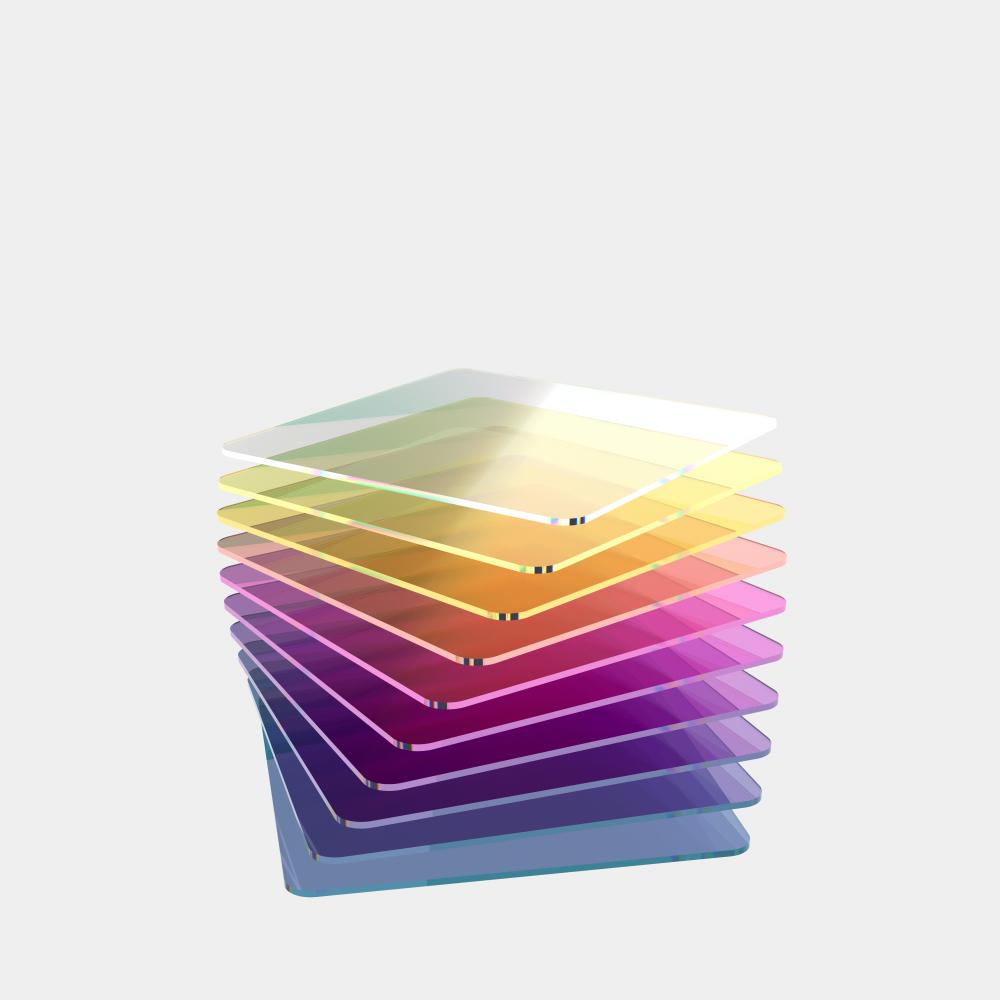Forex Trading For Beginners
Want to enter the exciting world of Forex trading? Comprehensive guides for beginners will help you understand the fundamentals, navigate the market, and develop winning trading strategies. Discover the key concepts, tools, and techniques to confidently trade Forex and achieve consistent profits.
Forex trading, also known as foreign exchange trading or currency trading, is the act of buying and selling currencies on the foreign exchange market with the aim of making a profit. This centuries-old practice has evolved with technology, resulting in sophisticated platforms and trading systems that offer unique opportunities for investors. This article will explore the concept and mechanism of Forex trading, how to get started, how profits are made, popular trading platforms and their costs, and the differences between two popular trading platforms – MT4 and MT5.

What is Forex Trading?
Forex trading involves the simultaneous buying of one currency and selling of another; these two currencies form a currency pair. Each pair includes a base currency and a quote currency, and the trading revolves around the exchange rate between these two currencies. The Forex market is the largest and most liquid financial market in the world, with a daily trading volume exceeding $6 trillion.
How Do You Get Started?
Getting started in Forex trading involves a series of steps. First, it requires education and a solid understanding of the market and trading principles. Many online resources provide free and paid courses for beginners. Second, you need to choose a reliable Forex broker that offers a user-friendly platform and favorable trading conditions. This involves researching and comparing different brokers based on parameters like regulation, spreads, leverage, and customer support. The third step is to open a trading account with the chosen broker and deposit funds. Finally, you develop a trading plan, analyze the market, and start trading.
How Do You Make Money?
Forex traders make money through the fluctuations in the exchange rates of currency pairs. They buy a currency pair when they expect the base currency to increase in value relative to the quote currency, and sell when they predict the base currency will decrease in value. Profits (or losses) are realized when the position is closed. A key to successful trading is understanding market trends and factors that influence currency values, including economic indicators, geopolitical events, and market sentiment.
Differences Between MT4 and MT5
MetaTrader 4 (MT4) and MetaTrader 5 (MT5) are trading platforms developed by MetaQuotes Software. MT4, launched in 2005, is widely recognized for its user-friendly interface, advanced charting capabilities, multiple language support, and automated trading features. MT5, released in 2010, retains all the features of MT4 but offers additional tools and services. It supports more order types, has a built-in economic calendar, and allows trading of stocks and commodities alongside currencies. While MT4 is favored by Forex traders, MT5 is more suited to traders looking for multi-asset trading.
Popular Forex Trading Platforms and Their Costs to Use
Apart from MetaTrader, there are other popular Forex trading platforms like cTrader, NinjaTrader, and TradingView. Each platform has its strengths, features, and cost structures. MetaTrader is free to download and use, but brokers may charge spreads, commissions, or overnight fees. cTrader is known for its direct market access and transparent pricing but may involve platform fees depending on the broker. NinjaTrader is favored for futures and forex trading and offers free basic services, but advanced features require a license that costs between $60 and $1100. TradingView is a social trading platform known for its advanced charting and analysis tools; it offers a free basic plan, and premium plans range from $14.95 to $59.95 per month.
Forex trading provides an accessible and potentially profitable investment avenue. However, it is critical to understand the intricacies of the market, develop a sound trading strategy, and choose a suitable trading platform to achieve success. While MT4 and MT5 lead the pack in Forex trading software, other platforms like cTrader, NinjaTrader, and TradingView offer unique features that cater to different trading needs. The costs associated with these platforms can vary, so traders must consider these factors when choosing a trading platform. As with any form of investment, Forex trading carries risks, and it is imperative to invest time in learning and practicing before committing significant resources.











